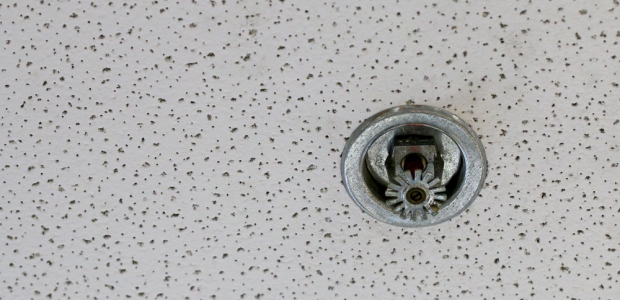
Joint Commission Adopting 2012 NFPA Life Safety Code
It is following CMS' lead. The final rule CMS published this month adopts most of the proposals that CMS made in 2014, but CMS removed a proposed requirement for hospitals to install smoke-purging systems in operating rooms.
The Joint Commission announced May 13 that it will follow suit with the Centers for Medicare & Medicaid Services (CMS) and adopt the National Fire Protection Association's 101 Life Safety code, effective July 5, 2016. The organization reported it has advocated for CMS to adopt this change for years.
The rule adopts most of the proposals that CMS made in 2014, but CMS removed a proposed requirement for hospitals to install smoke-purging systems in operating rooms. George Mills, director of engineering at the Joint Commission, called the proposal "unnecessary" and "prohibitively expensive."
According to the Joint Commission, key provisions in the final rule include these:
- Doors with roller latches will be limited only to doors opening to corridors and to rooms containing flammable or combustible materials.
- By 2028, buildings taller than 75 feet will have to install automatic sprinkler systems.
- Window sills in new construction only must not be higher than 36 inches above the floor.
The Joint Commission is an independent, not-for-profit organization that accredits and certifies nearly 21,000 health care organizations and programs in the United States. Its mission is to continuously improve health care for the public, in collaboration with other stakeholders, by evaluating health care organizations and inspiring them to excel in providing safe and effective care of the highest quality and value.
CMS had acted May 3, 2016, by publishing a final rule updating health care facilities' fire protection guidelines to improve protections for all Medicare beneficiaries in facilities from fire. The new guidelines apply to hospitals; long-term care facilities; critical access hospital; inpatient hospice facilities; programs for all-inclusive care for the elderly; religious non-medical health care institutions; ambulatory surgical centers; and intermediate care facilities for individuals with intellectual disabilities. The rule adopts updated provisions of the 2012 Life Safety Code, as well as provisions of NFPA's 2012 edition of the Health Care Facilities Code.
"This final rule meets health care facilities' desire to modernize their environments while also ensuring the necessary steps to provide patients and staff with the appropriate level of safety," said Dr. Kate Goodrich, M.D., MHS, director of the Center for Clinical Standards and Quality, CMS. "Health care facilities can now be more home-like while ensuring that the most modern fire protection practices are in place."
The final rule covers construction, protection, and operational features designed to provide safety for Medicare beneficiaries from fire, smoke, and panic. Health care facilities located in buildings that are taller than 75 feet will be required to install automatic sprinkler systems within 12 years after the rule's effective date, and health care facilities are required to have a fire watch or building evacuation if their sprinkler system is out of service for more than 10 hours.
According to CMS, the rule's provisions offer long-term care facilities more flexibility in what they can place in corridors. Currently, they cannot include benches or other seating areas because of fire code requirements limiting potential barriers to firefighters, but the rule allows them to include more home-like items such as fixed seating in the corridor for resting and certain decorations in patient rooms (such as pictures and other items of home décor). Fireplaces will be permitted in smoke compartments without a one-hour fire wall rating, which makes a facility more home-like for residents.
For ambulatory surgical centers, all doors to hazardous areas must be self-closing or must close automatically. Alcohol-based hand rub dispensers now may be placed in corridors to allow for easier access.